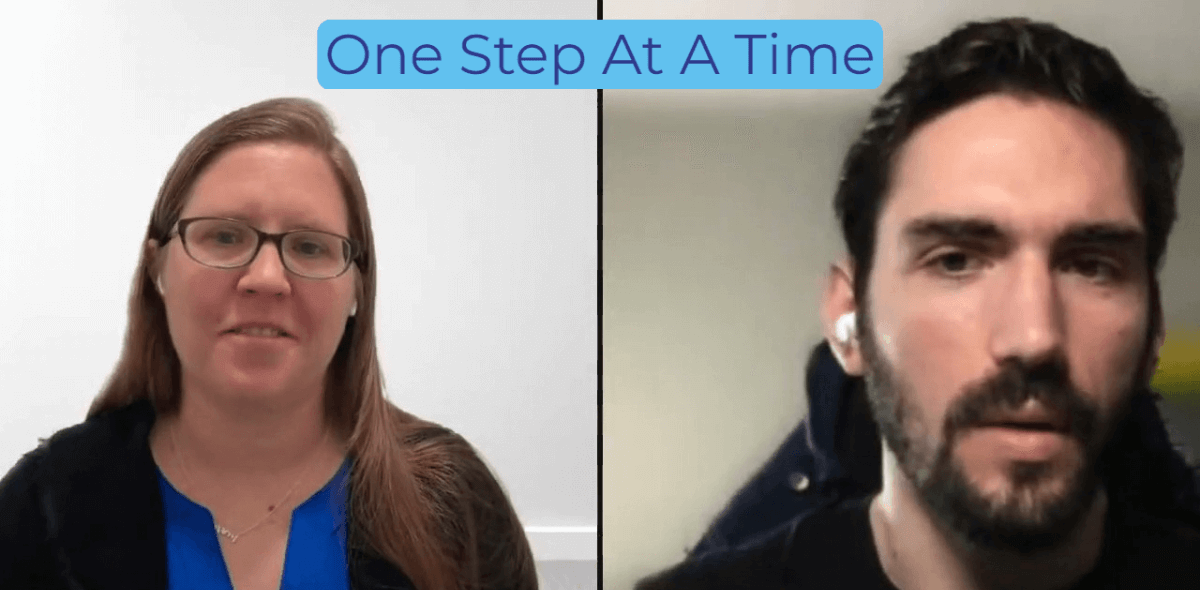Understanding the Software Development Life Cycle

For software developers, understanding the Software Development Life Cycle (SDLC) is crucial for successful project management. The SDLC is a systematic process that guides the development of software applications from inception to deployment. It encompasses various methodologies that help streamline the development process and ensure the delivery of high-quality software.
What is a Software Development Life Cycle?
The Software Development Life Cycle (SDLC) is a framework that defines the steps involved in the development of software applications. It provides a structured approach to software development, ensuring that projects are completed on time, within budget, and meet the desired quality standards.
The SDLC consists of several phases, including:
- Requirements Gathering
- System Design
- Coding
- Testing
- Deployment
- Maintenance

Different Software Development Life Cycle Methodologies
There are several methodologies within the SDLC, each with its own approach and benefits. Let's explore some of the most popular ones:
Waterfall Model
The Waterfall Model is a linear and sequential approach to software development. It follows a top-down approach, where each phase is completed before moving on to the next one. This methodology is best suited for projects with well-defined and stable requirements.
Agile Methodology
The Agile Methodology is an iterative and incremental approach to software development. It emphasizes collaboration, flexibility, and adaptability. Agile methodologies, such as Scrum and Kanban, are widely used in projects that require frequent changes and continuous feedback.
Spiral Model
The Spiral Model combines elements of both the Waterfall Model and the Agile Methodology. It allows for iterative development while also considering risk management. This methodology is suitable for large-scale projects with complex requirements.
Iterative Model
The Iterative Model involves repeating the development process in cycles, with each cycle adding new features or improvements. It allows for flexibility and early feedback, making it ideal for projects where requirements are likely to change.

Which SDLC Methodology to Use?
Choosing the right SDLC methodology depends on various factors, including project requirements, team size, timeline, and customer expectations. Here are some considerations to keep in mind:
- Project Requirements: Analyze the project requirements and determine if they are well-defined or likely to change.
- Team Size and Expertise: Consider the size and expertise of your development team. Some methodologies require more collaboration and coordination.
- Timeline: Evaluate the project timeline and determine if it allows for iterative development or requires a more sequential approach.
- Customer Expectations: Understand the customer's expectations and their involvement in the development process. Some methodologies prioritize customer feedback and involvement.
By considering these factors, you can make an informed decision about which SDLC methodology is best suited for your project.
The Software Development Life Cycle (SDLC) is a critical aspect of software development. By understanding the different methodologies within the SDLC, you can choose the right approach for your project and ensure its success. Whether you opt for the Waterfall Model, Agile Methodology, Spiral Model, or Iterative Model, each methodology has its own strengths and benefits. It's important to assess your project requirements, team capabilities, timeline, and customer expectations to make an informed decision. Remember, the right SDLC methodology can greatly contribute to the successful delivery of high-quality software.
Posts you might like
- Navigating the Tech Job Market: Insights from Sabio Alumni and Cybersecurity Opportunities
- Embracing the Climb: A Leader's Growth Mindset Journey
- This is the Perfect Time to Dive into Coding and Automation, This is Why!
- Troubleshoot Like a Pro: The Art of Debugging in Programming
- Beyond Bootcamp: Diverse Career Avenues in Tech
- Spotting Burnout in Tech Job Hunts: 6 Warning Signs & Ways to Overcome It
- Get Hired: Essential Knowledge for Emerging Programmers
- 7 Steps to Build a Personalized Continuous Learning Plan for Coders
- Empower Your Journey: Benefits of Remote Code Bootcamps
- Proactive Steps: Daily Rituals for the Job-Hunting Programmer
- Don't Sabotage Your Tech Job Search: Mistakes to Skip
- Unleashing Opportunities: How Bootcamp Career Services Propel Success
- From Lines to Offers: How Your Coding Experience Shapes Market Value
- Optimizing Success: Your Attitude in Coding Bootcamps
- Roadmap to Success: Tech Job Hunt with a Coding Bootcamp Mentor
- Crafting Your Tech Startup Roadmap from Bootcamp Grad
- Tips for Creating a Resume That Gets Interviews for High-Experience Jobs After Coding Bootcamp
- Accelerate Your Career: Embrace Bootcamps for Real-World Programming Skills
- The Coding Craft: Essential Skills Learned at Bootcamps
- Bootcamp Bonds: Tapping into Networks for Tech Employment
- Coding Confidence Booster: The Benefits of Coding Mock Interviews
- Programming by the Clock: The Impact of Effective Time Management
- Coding Freedom: The Value of Learning at Your Own Speed
- Calm Code Journey: Overwhelm-Free Bootcamp Success
- Polish Your Pitch: Tech Interview Communication Essentials
- Inside the Loop: Coding Bootcamps and Tech Industry Strategies
- From Zero to Hired: Decode the Experience Question in Tech Interviews
- Solving the Puzzle: Refining Your Problem-Solving as a Programmer
- The Art of Practicality: Using Coding Languages Without Overlearning
- Practice Makes Perfect: The Key to Software Engineering Brilliance



